“Listening and hearing”——The Bureau Lane
“Listening and hearing”——The Bureau Lane
Directed by Yu Zhengjie
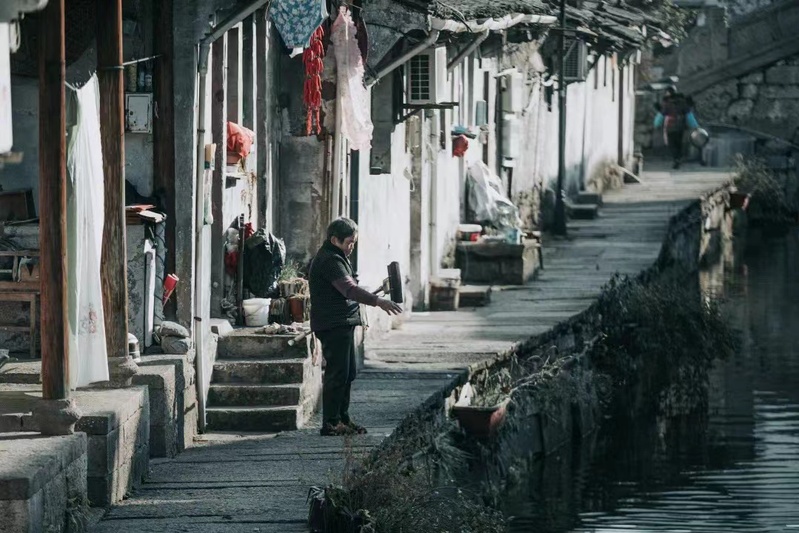
The Bureau Lane was an alley in the north of Xiaojiang Bridge in ancient Shaoxing city.
Shaoxing textile industry had a long history.
During the Spring and Autumn Period and the Warring States Period,
the capital of Yue became the production center of cloth and linen.
In Ming Dynasty, Shaoxing Weaving and Dyeing Bureau was set up here to supervise Shaoxing textile industry.
So later generations called this alley the Bureau Lane, where the bureau was located.
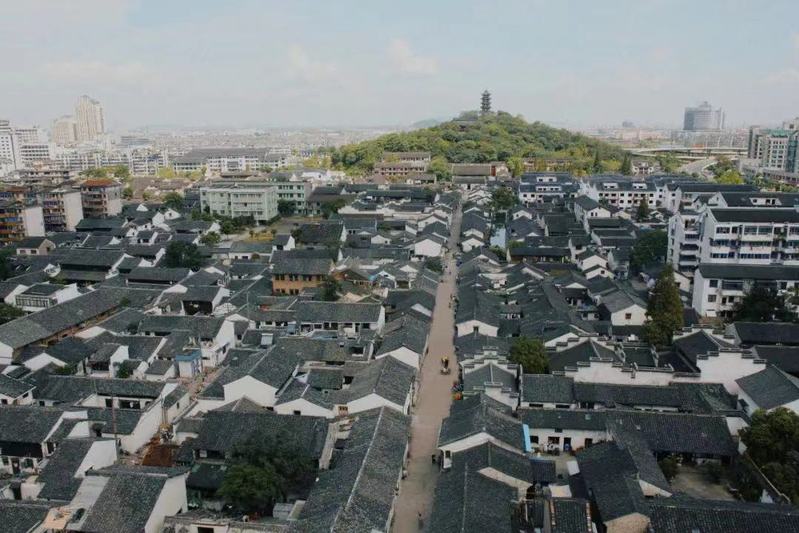
According to Song Jiatai's Records of Kuaiji,
there was a weaving maid in Yue had excellent silk weaving skills in Sui Dynasty,
and the silk she weaved was smooth and delicate.
But the weaving maid felt that the patterns were not beautiful and the colors were not bright enough.
One night, she dreamed that a God told her,
The Yu cave opens once every 3,000 years, and the wild moth cocoons there were formed by the vermin in the book of Jiangyan,
the leading scholar of the Southern Dynasty. When this cocoon silk is woven into clothes, it must be dazzling.
Early the next morning, the weaving maid walked to Ruoye Creek,
where she did see many wild cocoons.
After weaving clothes with these cocoons, the flower pattern was beautiful,
and the twill lines were raised and radiant. People saw this and said,
Such kind of cloth should only be found in heaven. Nobody is entitled to wear this.
This showed that the weaving technology of Yue was extremely good and was ahead of the whole country in Sui and Tang Dynasties.
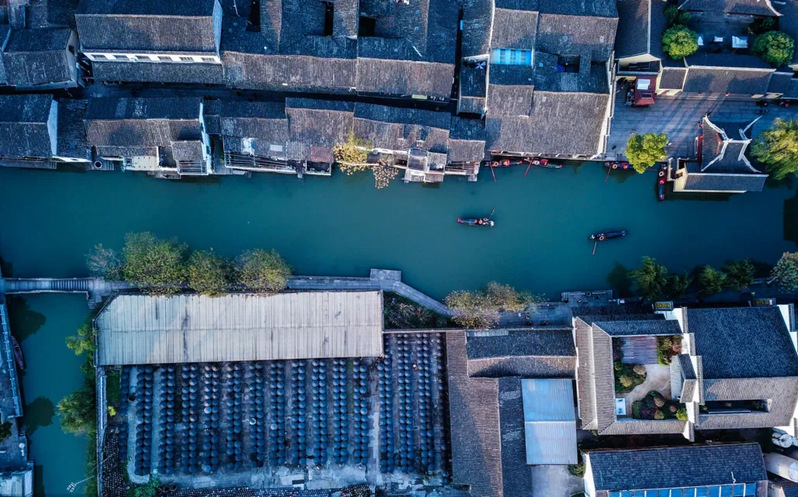
In Song Dynasty,
the silk industry in Shaoxing was unprecedentedly developed.
There were silkworms almost everywhere,
and silk was woven in every family. According to relevant scholars' estimates,
Shaoxing accounted for about 17% of the total silks and satins handed over to the court in Song Dynasty alone.
In early Ming Dynasty, the government encouraged farmers to plant cotton,
and Shaoxing became the national trading center of silk and cotton cloth.
In order to strengthen management, the court set up the Weaving and Dyeing Bureau here.

Today, the Bureau of Weaving and Dyeing had long been abolished,
but the name of this place had been passed down.
When people visit this place today,
they can still appreciate the fine clothes outlined by ink,
and feel the warmth of a small weaving family brought by the long textile culture.
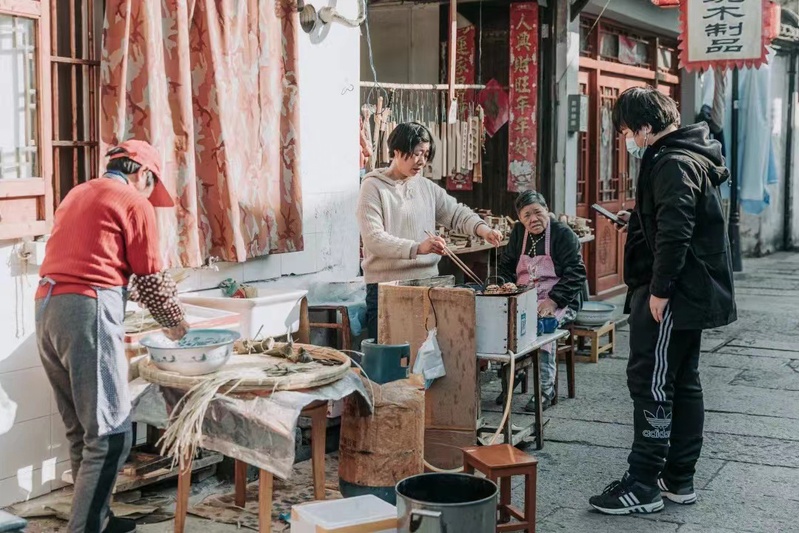
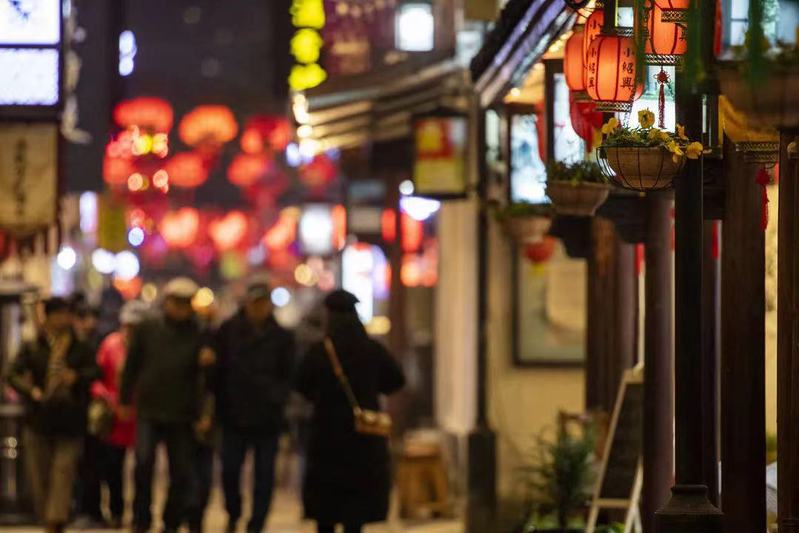

- 0575-89180831
- 浙公网安备 33060202000378号 浙ICP备05014601号-1
- Copyright © 2020-2050 Shangwang Yanli Rural Recreation Area





